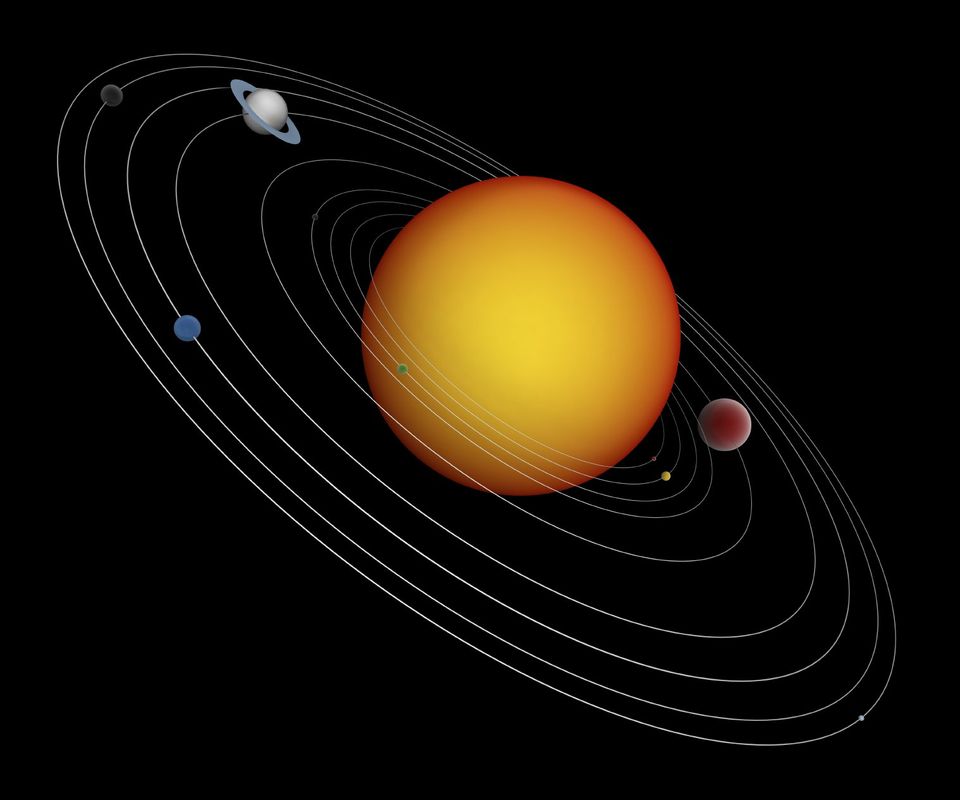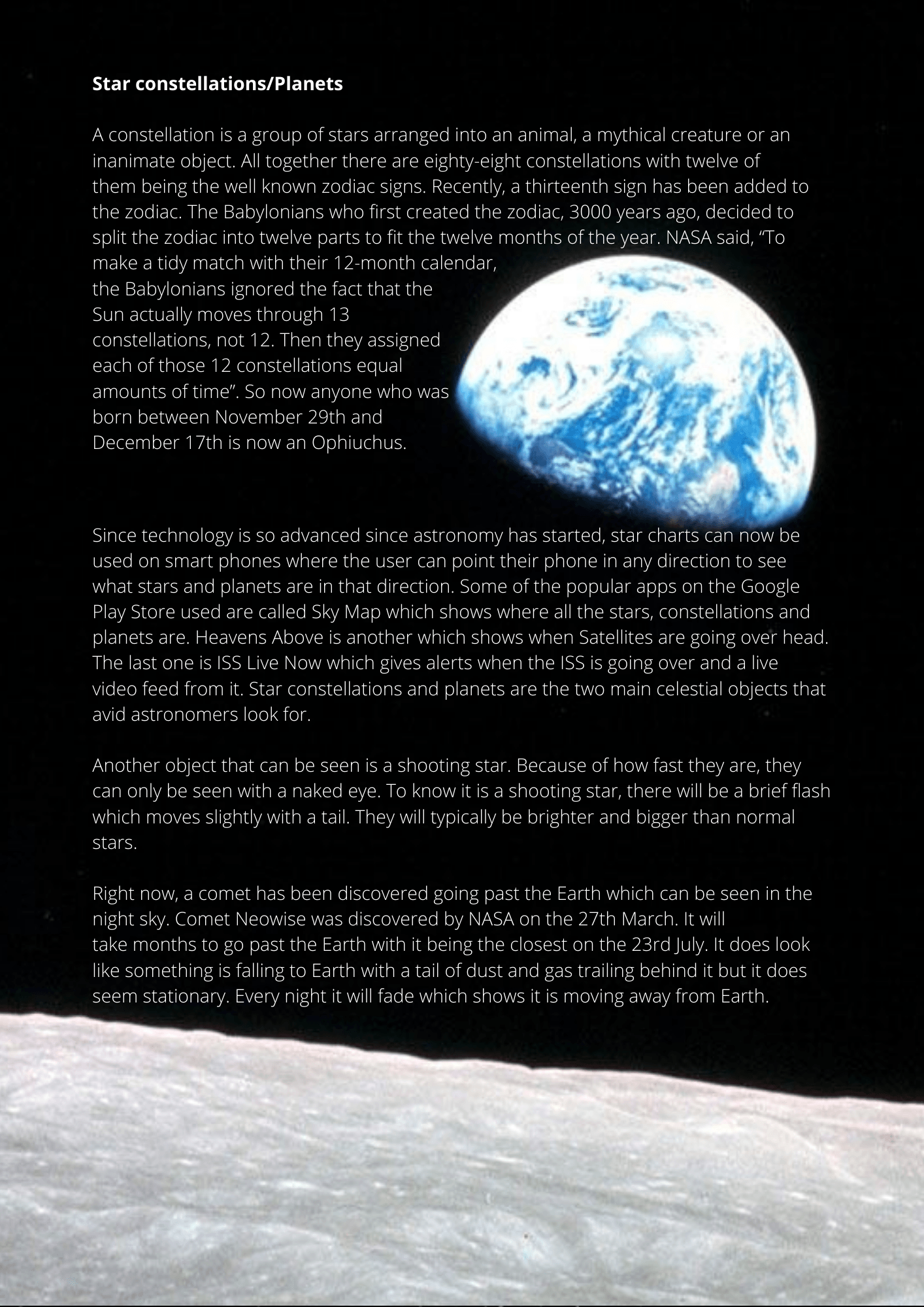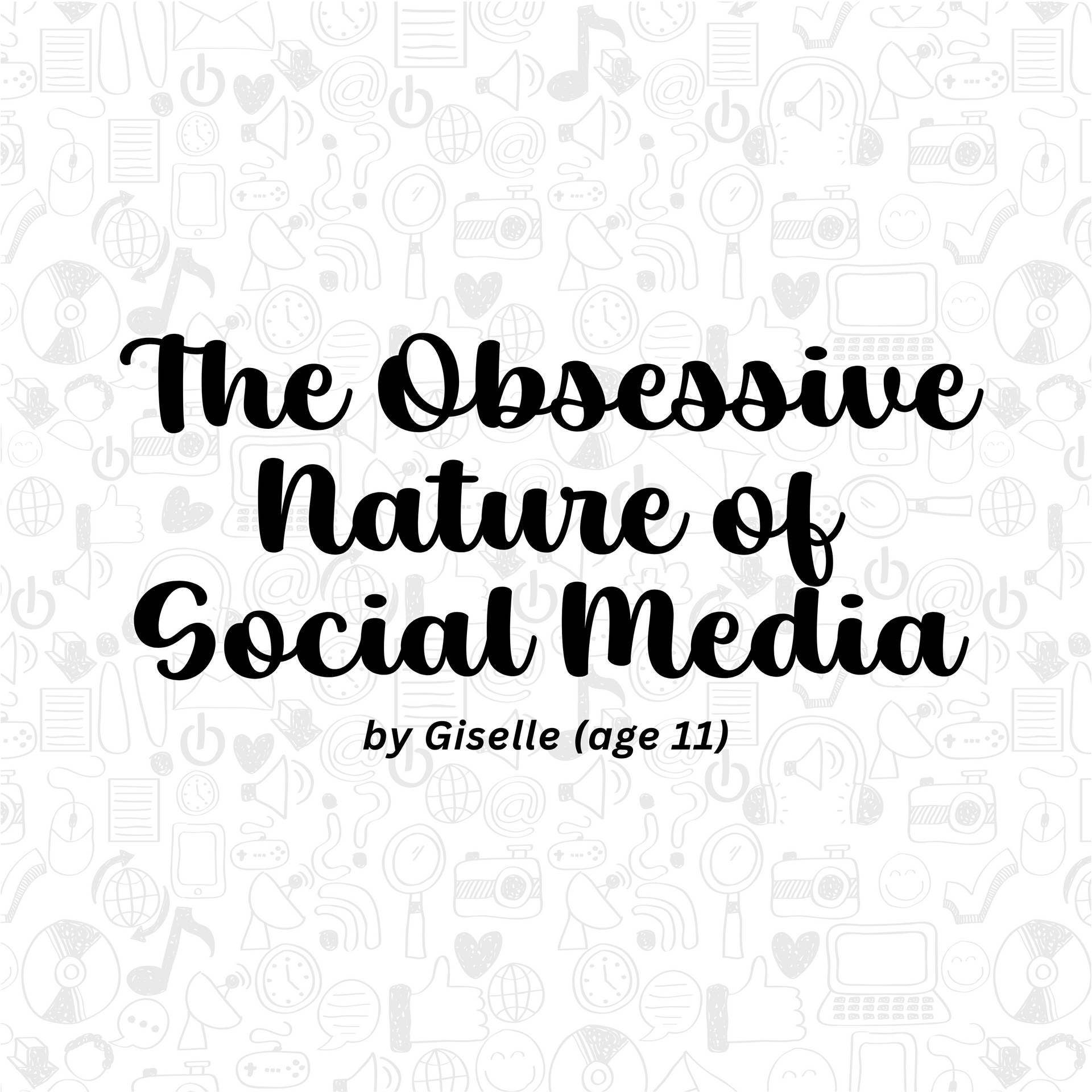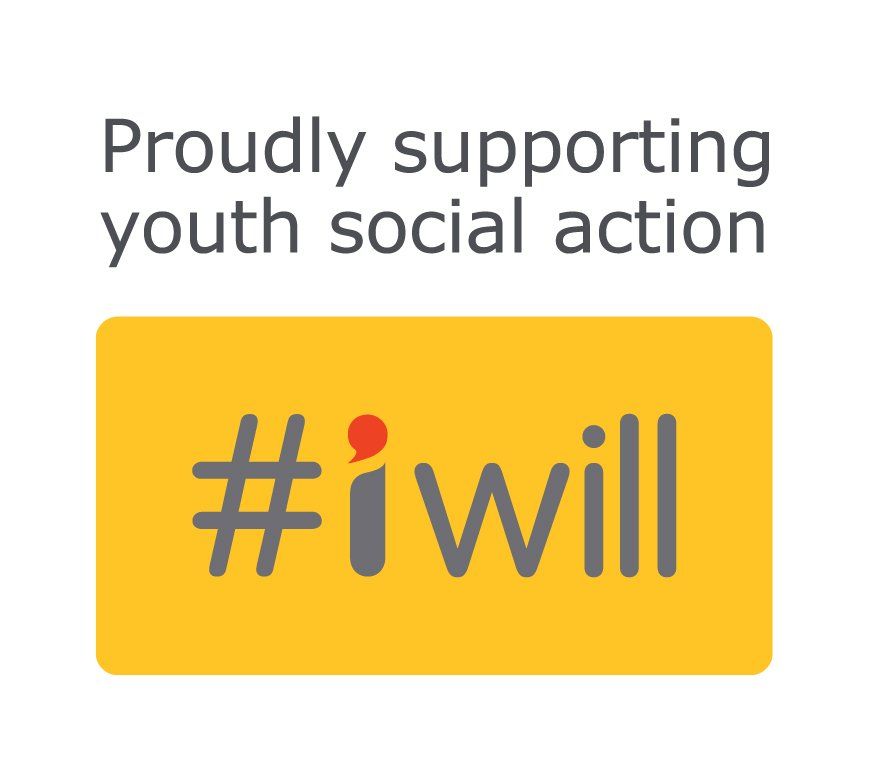#iDare Blog: By young people, for young people
Exploring Astronomy
By Joshua Tomes (20) • 28 July 2020
#iDareToExplore

Introduction
There is actually more going over our heads than we can see. My name is Josh and I’m 20 years old and for over ten years I’ve had a passion for astronomy. At a young age at a market, I was given an astronomy book for kids with a pack of illuminated stars that I stuck on my bedroom wall. Ever since my family bought a telescope, I would go out most days in the summer evenings to find the planets and star constellations. If there aren’t any planets in view, I would lay in the back garden just to stare at the stars because of how calming it is. Now I keep up to date when the next rocket is set to launch or when the next batch of satellites are set to go overhead.
History
Astronomy is the study of celestial objects which include stars, planets, galaxies and comets; typically anything outside of the Earth’s atmosphere. It is one of the oldest natural sciences where the earliest recorded observation of celestial bodies was during the Mesopotamia period dated at 1000 BC on clay tablets. Interestingly, astronomy has been used for navigation at sea and the making of calendars. During the Renaissance, the first model of the solar system was made using astronomy by mathematician Nicholas Copernicus. Over that time, by different people the model was corrected on and the details of the movement of the planets and the Sun was recorded.
Celestial mechanics, a branch of astronomy, deals with the movement of astronomical objects which was created by Isaac Newton. The reflecting telescope we use to see astronomical objects was also developed by Newton. Improvements to the size and quality of the telescope led to a lot more discoveries. The Milky Way, the Earth’s galaxy, was only proved to exist in the 20th century along with the existence of many other galaxies which led to the discovery of the expansion of the Universe.
Star constellations/Planets
A constellation is a group of stars arranged into an animal, a mythical creature or an inanimate object. All together there are eighty-eight constellations with twelve of
them being the well known zodiac signs. Recently, a thirteenth sign has been added to the zodiac. The Babylonians who first created the zodiac, 3000 years ago, decided to split the zodiac into twelve parts to fit the twelve months of the year. NASA said, “To make a tidy match with their 12-month calendar,
the Babylonians ignored the fact that the Sun actually moves through 13 constellations, not 12. Then they assigned each of those 12 constellations equal amounts of time”. So now anyone who was born between November 29th and December 17th is now an Ophiuchus.
Since technology is so advanced since astronomy has started, star charts can now be used on smart phones where the user can point their phone in any direction to see what stars and planets are in that direction. Some of the popular apps on the Google Play Store used are called Sky Map which shows where all the stars, constellations and planets are. Heavens Above is another which shows when Satellites are going over head. The last one is ISS Live Now which gives alerts when the ISS is going over and a live
video feed from it. Star constellations and planets are the two main celestial objects that avid astronomers look for.
Another object that can be seen is a shooting star. Because of how fast they are, they can only be seen with a naked eye. To know it is a shooting star, there will be a brief flash which moves slightly with a tail. They will typically be brighter and bigger than normal stars.
Right now, a comet has been discovered going past the Earth which can be seen in the night sky. Comet Neowise was discovered by NASA on the 27th March. It will
take months to go past the Earth with it being the closest on the 23rd July. It does look like something is falling to Earth with a tail of dust and gas trailing behind it but it does seem stationary. Every night it will fade which shows it is moving away from Earth.
Satellites/Rockets
On the subject of satellites, they are another object can be seen in the night sky. At the moment, there are more than 2000 operational satellites currently in orbit around the Earth. If it the sky is clear, it is possible to see at least one
satellite a night. The main big satellite: the ISS orbits around the Earth every few hours and is the easiest satellite to see because it is the biggest so it will be the brightest. They move around the same speed as a plane but to tell the difference between the two, planes with have flashing lights whereas the ISS will just look like a moving star.
To get satellites into orbit, NASA would have to have a rocket and release them while the rocket is orbiting. Again, it is possible to see the rocket with a naked eye. From Florida, it will take around ten minutes for everyone in the UK
to see the rocket but it will just look like the ISS. In orbit, there are two ways the satellites face: a group of them will face Earth and the other group face toward space. The group that are look at Earth, provide information about the clouds, oceans, land and ice. Scientists can use this information to predict weather and climate. Public health officials use it to track disease and famine, farmers
know what crops to planet and it helps emergency workers to respond to natural disasters. The satellites facing space have a lot more jobs to do. They watch the Sun for dangerous rays. Some explore asteroids and comets and to discover the history or origins of stars and planets with some even orbiting other planets.
Telescopes
The main telescope used for astronomy is called a reflecting telescope. Mentioned earlier, Isaac Newton invented the first and the largest reflecting telescope in the 17th century. These telescopes can also be used by anyone and many famous telescopes today use reflecting telescopes such as the Hubble Space Telescope. The telescope uses a single or a combination of curved mirrors that reflect light which forms an image.
Magazine Pages:














